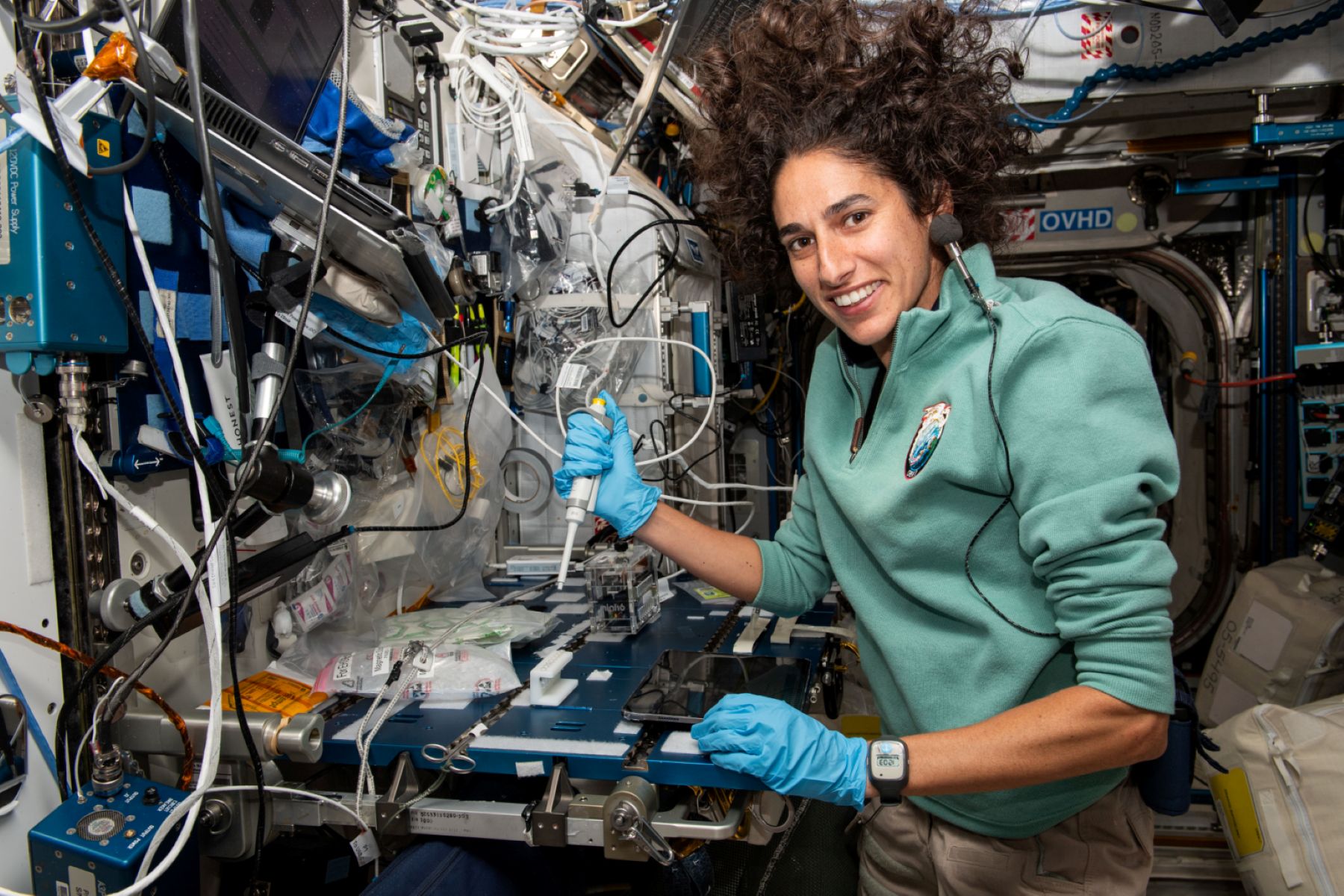The Use of Micro-Thermometer to Record Tiny Temperature Changes
Photo-thermal cancer has become a major concern for doctors these days as the treatments are very limited. There was an urgent need to come up with a device that would help to measure the thermal behavior in real-time. With the introduction of micro-thermometer, that need has been satisfied to a great extent. The Tokyo Institute of Technology has been the reason why this has been possible. Scientists from this institute developed the first ever micro-thermometer that is very sensitive to the heat generated by electron and optical beams. This thermometer has the capacity to measure the tiniest of temperature changes and also the rapid change in temperature, all in real-time.
The use of micro-thermometer
With the growing concern for treating patients with photo-thermal cancer, this thermometer has come as a miracle for the doctors. It can also be used for advanced research on various types of crystals. The device can be used to measure the thermal behaviour even in nanoscale, and the best part is, you get the results in real-time. Experts from the optical light harvesting also believe that the micro-thermometer will do them a world of good because there are times when they have to measure the exact change in temperature no matter how small the change is.
Apart from these industries, the micro-thermometer is going to help in the development of the next-gen transistors so that they can be used to design new nanoscale devices. The fact that this thermometer uses a nanoscale heat source with a detector and follows a miniaturised thermal microscopy system has opened the eyes of the scientists so that they can come up with devices that will follow this principle but can be used for a variety of industries.
The traditional micro-thermometer
The thermometers that followed a very similar system as the micro-thermometers until now are known as thermocouples. These were electric devices that had two dissimilar electrical conductors. The electrical conductors formed the electrical junctions when there was a change in temperature. This thermometer used to produce a voltage that was dependent on the temperature. The thermometer would then interpret the change in temperature and measure it as accurately as possible. Until now, this was the best that researchers and doctors used to get because no other thermometer would help to measure the tiniest change in temperature in real-time.
Making of the micro-thermometer
There are many reasons why the micro-thermometer became so popular in such a short period. The scientists decided to tweak a few things from the traditional thermocouple to make something more accurate. So, they added nickel and gold thermocouple and placed them on a silicon nitride membrane. This entire unit is miniaturised in such a way so that the electrodes have a width of only 2.5 μm. Also, the membrane that is used has a width of 30 nm. The resultant device was so small that it was hard to believe that it would be able to record a change in temperature. But after extensive testing, it was found that this micro-thermometer could not only record temperature but it also showed the tiniest change in real-time.
Both electron beams and lasers were used to see if the thermometer could record the exact temperature or not and it pass every test with flying colors. It was able to record the temperature for both types of heating and this was a huge bonus for all the industries that needed such a thermometer from a long time. In this system, the scientists produced the thermocouple by creating a cross pattern of the available metal stripes that were bound inside the few micrometers of space it got. This technique was then implemented to create a pattern that would work on a silicon nitride membrane. The scientists are of the opinion that this technique helped to improve the sensitivity of the device so that it could respond faster. That is why you get instant temperature changes in real-time.
The nano-thin membrane did the temperature measurement. This was the biggest change that the scientists of the Tokyo Institute of Technology implemented to get the new micro-thermometer. The concept of using a nanoscale detector and a nanoscale heat source in one single miniaturized thermal microscopy system was long overdue. This project has been a very successful one for the researchers because it was tough to combine the silicone membrane to a tightly focused electron or laser beam together. It was also impossible to think that the heat source that would create a diameter of 1 μm would be recorded in a thermometer.
But the combination of the nanoscale thermal microscopy and micro-thermocouple detector has been an incredible find by the scientists. There will be a number of industries that would be grateful to the Tokyo Institute of Technology for inventing this technology.





